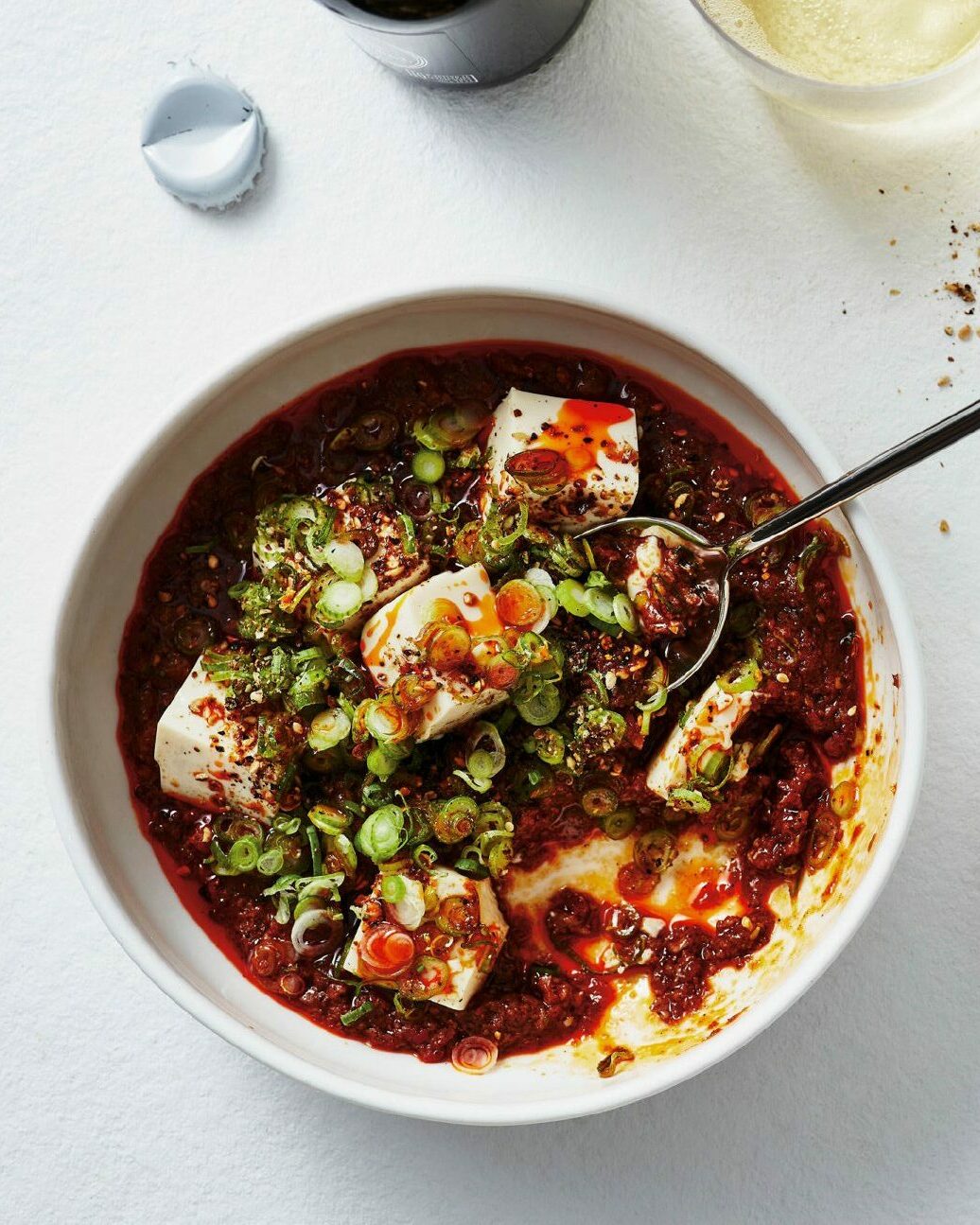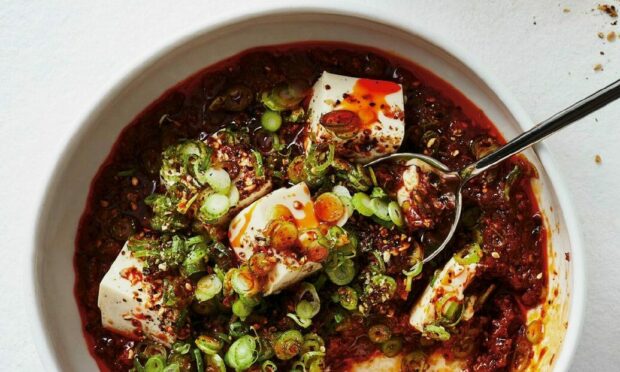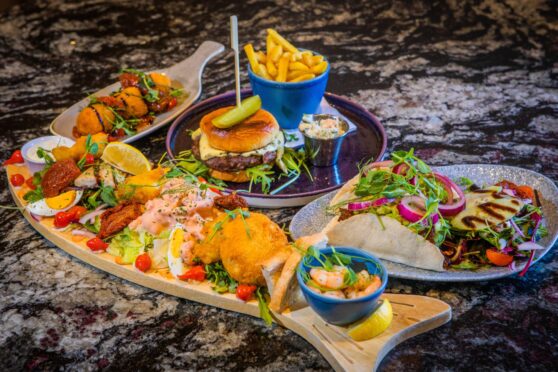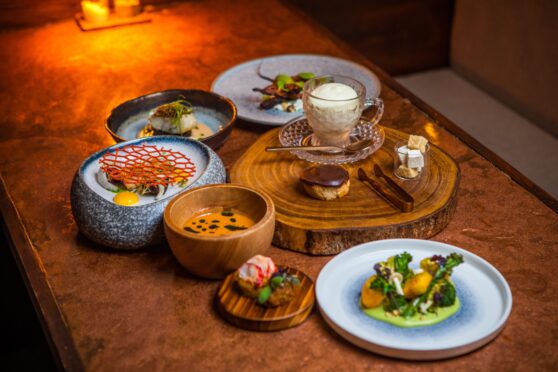If there ever was a time to broaden your culinary repertoire, this Chinese New Year recipe is the reason to do so.
Featuring the freshest tuna with an array of Sichuan flavours, not to mention creamy tofu, there’s lots to love about the flavour sensation this bowlful of goodness will bring to the dinner table.
While care needs to be taken when making this dish with a wide selection of ingredients used to craft it, it is most certainly worth the effort.
With the Year of the Tiger upon us these bold flavours will have you celebrating your way into the new year with a bang.
For more inspiration for dinner and evening meals be sure to check out our other recipes here.
Tuna mapo tofu
Serves 6

Ingredients
- 1tbsp Sichuan peppercorns
- 190g fresh ginger, peeled
- 190g garlic cloves, peeled
- 10 French shallots, peeled
- 375g doubanjiang (fermented broad bean paste)
- 300ml grapeseed oil
- 80ml shaoxing rice wine
- 50g caster sugar
- 125ml tamari
- 1tbsp sesame oil
- 1.8kg minced/ground tuna
- 200g silken tofu, cut into small cubes
- 1 bunch spring onions (scallions), finely sliced
- 40g toasted sesame seeds
- 1 dried red chilli, finely sliced (optional)
- Steamed short-grain rice, to serve
Method
- Toast the Sichuan peppercorns in a dry frying pan until fragrant, then use a mortar and pestle to grind to a rough powder. Set aside.
- Place the ginger, garlic, shallots, doubanjiang and 150ml of the grapeseed oil in a food processor and blitz to a smooth paste.
- Heat 100ml of the remaining grapeseed oil in a large, heavy-based saucepan over a high heat. Add the paste and fry, stirring occasionally, for eight to 10 minutes until dried and fragrant, then reduce the heat and simmer for a further 15 minutes, until the rawness from the vegetables has been completely cooked out. Stir in the shaoxing wine, sugar, tamari and one-third of the ground Sichuan peppercorns, then spoon the mixture into a large bowl.
- Wipe out the pan, add the sesame oil and remaining two and a half tablespoons of grapeseed oil and heat over a high heat. Working in two batches, add the tuna mince to the pan and fry for two minutes, or until the mince is coloured and has separated into individual strands, then stir through the fried paste mixture to combine.
- To assemble the mapo tofu, return the tuna mixture to the saucepan and warm through over a low heat. Add the tofu, cover with a lid and heat for three minutes, then spoon into serving bowls. Top with the spring onion, sesame seeds, chilli, if using, and the remaining ground Sichuan peppercorns.
- Serve with steamed rice, if you like.
Take One Fish: The New School Of Scale-to-Tail Cooking And Eating by Josh Niland is published by Hardie Grant, priced £26. Photography by Rob Palmer.










